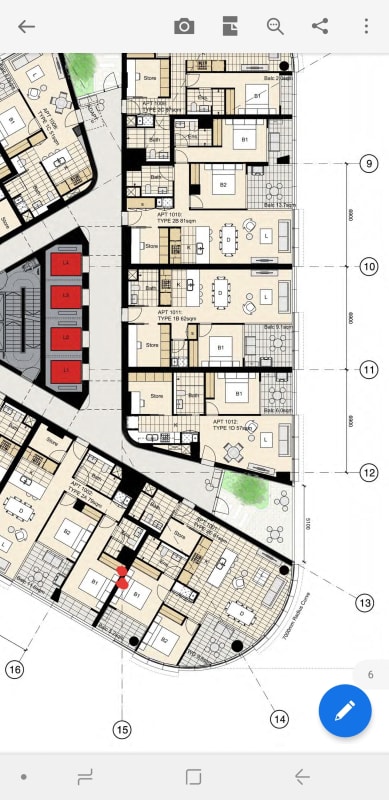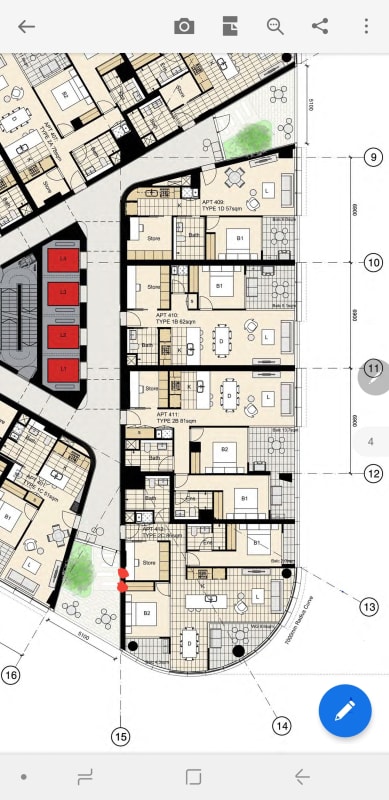In the photos pasted by CivilEngAus, assuming its the same location as the photo I posted(?) it looks like some of the concrete has been removed to expose the reinforcement. However to me I'm not sure what I'm looking at, a beam/column/wall, reinforcement that is exposed doesn't appear to be consistent with what I would be expecting for either a beam/column/wall.
steveh49 said:
What experience/seniority have the people making these mistakes?
Everyone makes mistakes, from graduates to the most experienced engineers. Some of the most significant issues I've exposed over the years are from graduates, and people with several decades experience, there is no magic number here. It can happen on the smallest and simplest of jobs, or on the most complex and large jobs. In the worst cases I've driven complete redesigns of the structure causing months and months of delays, it's not really very fun being a peer reviewer, no one ever thanks you for discovering all their errors. You cop a lot of flack, but you have to stick to your guns and stand up for what you believe in.
Certainly sometimes there are repeat offenders, both individuals and companies. To some degree its down to the level of internal verification (and experience of those doing this internal review) or the lack of it in most cases. Things taught incorrectly 'on the job' by more experienced engineers tend to be adopted by less experienced engineers without a second thought and passed on further afield. You challenge this and you get the old this is the way we have always done it by some companies, sometimes it can be quite hard to convince people when you are changing cumulative decades of poor or inherited understanding. In the past on occasion I've had to go all the way to those that wrote particular code requirements to get them to personally explain/confirm the requirement to the designer in their own words. Sometimes the answer I hear back from the designer is 'well why didn't they say that in the code'... so code writers with all their collective knowledge could perhaps do a better job communicating the requirements considering some of the readers don't have their background knowledge.
It's interesting how people react to being proved incorrect or challenged on their understanding. For example some people are very receptive, and acknowledge the error once they have that 'lightbulb' moment and interpret what you are saying, others react defensively by producing 50 pages of calculations to refine their analysis to prove that extra bolt I asked for to get it to work for example doesn't in fact need to be added along with throwing you under the bus as being picky/pedentic, etc to all that will listen (Project managers/client/etc). Any delays are mostly due to the original designer getting it wrong, not attributed to the peer reviewer discovering too many errors......
I have more respect for those that listen and take on board what I am saying and make any changes required or respond to the queries to address the root cause, as opposed to those who play the numbers and refuse to accept that they might have made an error.





